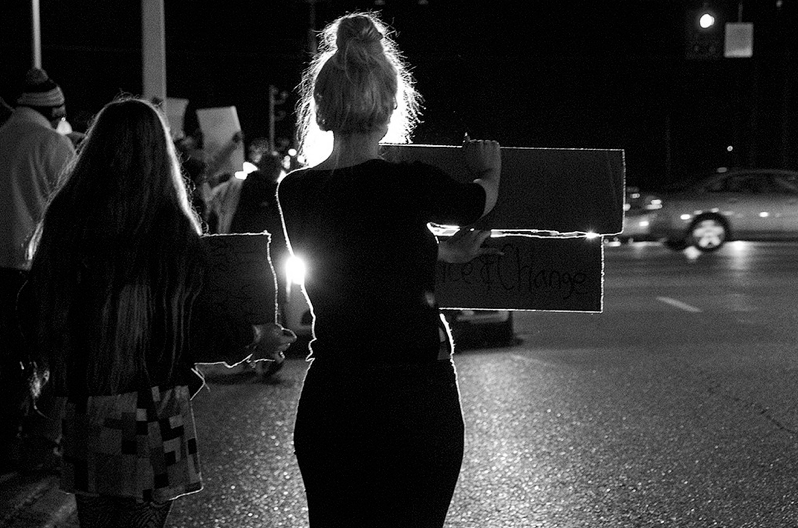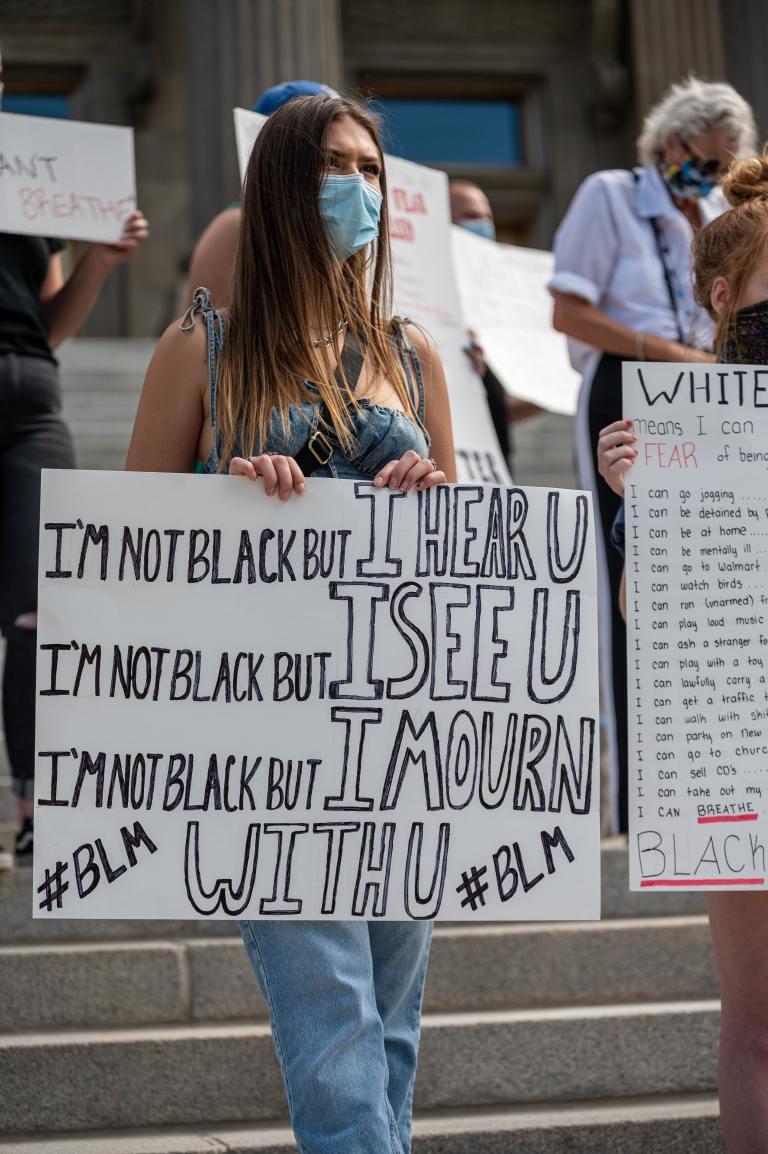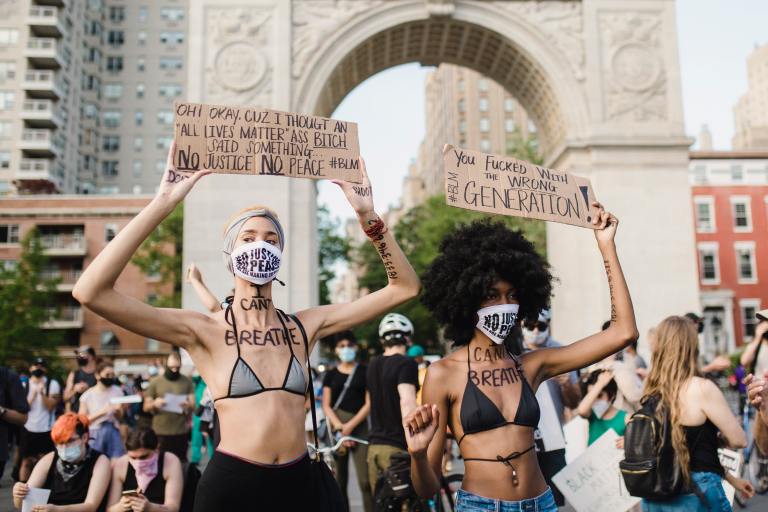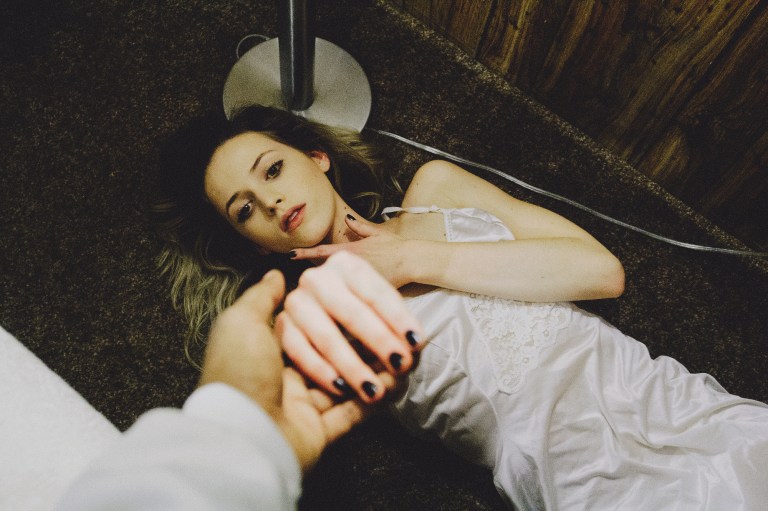Evidence Indicates Majority Of White Ferguson Protestors Think They’re Trying To Legalize Weed
Even if they aren’t taking over the conversation, they are certainly annoying everyone with their glowsticks and drum circles.
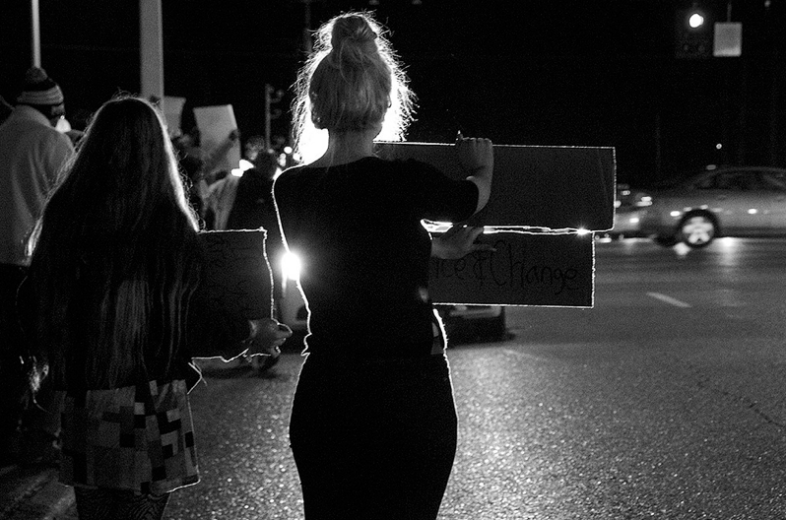
If the state-sanctioned executions of Mike Brown and Eric Garner highlight the pervasive systemic racism in this country, the resultant protests, racially diverse in their composition, signify a very real and very powerful desire for change. To look out on a sea of unrest, like one of the recent demonstrations all over New York City for example, is to be presented with a poignant yet hopeful tableau – a multiracial and multicultural assemblage that asserts and decries racial injustice, but at the same time contrasts it with united heterogeneity. Ironically these protests were born solely out of the undeniable existence of violent racism in America, yet they demonstrate both possibility and reality of functional and peaceful racial integration.
Or so it would seem. Appearances can be deceiving. Upon closer inspection, it seems the vast majority of white protestors at the Ferguson and Eric Garner demonstrations are operating under the false assumption that these are weed legalization protests.
In Union Square, a large crowd has assembled at dusk.
“Legalize it!” yells a frumpy white lady with her breasts exposed, hanging low and loose from the sides of an old pair of overalls. She then begins to either seize or dance, it’s unclear. Several people move away from her, as she smells bad, and her big, loose, sweaty tits are making contact with those nearby.
In this crowd of hundreds, she’s one of many white people protesting the death of Eric Garner, or at least, mostly protesting the death of Eric Garner, and a little bit protesting the criminalization of marijuana. “It’s both things,” as one white man puts it.
“Obviously yeah, racism is still a problem,” says a Nordic-looking fellow with a pubey beard that barely masks his face tattoos. He’s sporting a pierced ear gauged to the size of a Gatorade cap. “But the way to stop racism is to bring people together, and you can do that with weed, man. The power of ganja to unite people is …” he’s abruptly cut off, knocked out by a bean bag fired from an officer’s shotgun. Some are aghast, others begin a slow clap.
An austere looking African-American man addresses the crowd with a megaphone, captivating them and commanding their attention. He begins a chant.
“I Can’t Breathe,” the crowd bellows in an intimidating roar. Then, from a few of the unwashed and tattooed white pockets: “Pot Into My Lungs!”
“What… what did those guys just say?” asks a young South Asian man, pointing to one group of white guys with dread locks.
“Oh no. Oh no no no,” a Latino woman answers. “It’s… it’s those white people. The ones that ruined Occupy. They think this is about legalizing weed.”
Several in the crowd begin to mumble. They don’t want them there, but they know there’s no way they’re going to explain to an entitled white person that they’re not allowed to protest.
“Can you tone down all the pot stuff?” One woman pleads with the potwhites. They begin to argue, the white man asserts the relevancy of his big cardboard “420 Rules” sign.
This scene isn’t specific or unique. Across the country, #BlackLivesMatter demonstrations are being overrun by well-meaning but ultimately divisive whites with ulterior motives. Even if they aren’t taking over the conversation, they are certainly annoying everyone with their glowsticks and drum circles.
At a protest in Portland, a pasty dolt, identifying himself as Rainbow Element, tells a crowd that society is post-racial, and if we really want to see “true peace” we need to embrace the doctrines of Burning Man. He then enumerates the industrial and extra-medicinal uses of hemp before trailing off on a tangent about how we all used to be stars.
“At the end of the day, Eric Garner would still be alive if they weren’t trying to arrest him for selling marijuana,” he says.
“It was untaxed cigarettes,” interjects a defeated minority.
“Yeah that means weed, bro.”
At the fringes of the mob, the predominantly white police force looks on, smiling. Luckily for them, today, the other kind of racism will be doing all the work. ![]()
